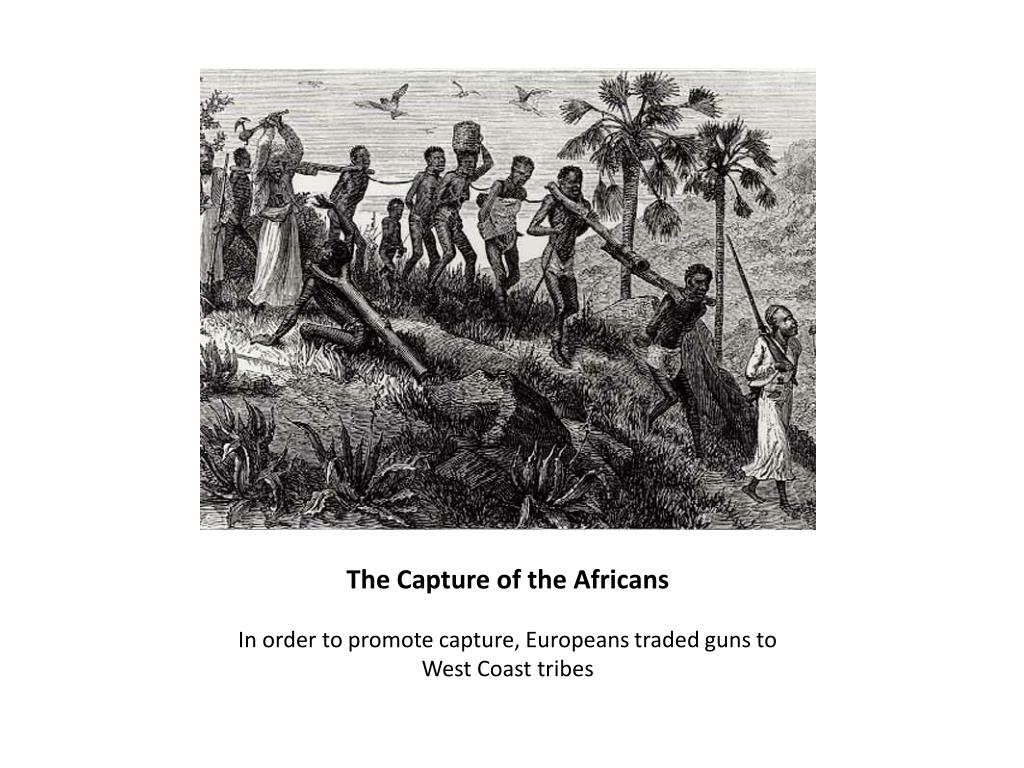

The ships were English, French, Dutch, Danish, Portuguese, or American. Often they were fomented by Europeans, who supplied both sides with muskets and gunpowder-so many muskets or so much powder for each slave that they promised to deliver on shipboard. Intertribal wars, the principal source of slaves, were in many cases no more than large-scale kidnapping expeditions. The slaves might be prisoners of war, they might have been kidnapped by gangs of black marauders, or they might have been sold with their whole families for such high crimes as adultery, impiety, or, as in one instance, stealing a tobacco pipe. There were coastal tribes and states, like the Efik kingdom of Calabar, that based their whole economy on the slave trade. The vast majority of the Negroes brought to America had been enslaved and sold to the whites by other Africans. A vessel suspected of man-stealing might be “cut oft” by the natives, its crew killed, and its cargo of slaves offered for sale to other vessels. The slaving captains had, as a rule, no moral prejudice against man-stealing, but they usually refrained from it on the ground of its being a dangerous business practice.
MIDDLE PASSAGE FREE
Known as the Guinea Coast, it was feared by eighteenth-century mariners, who died there by hundreds and thousands every year.Ĭontrary to popular opinion, very few of the slaves-possibly one or two out of a hundred-were free Africans kidnapped by Europeans.

Most of the slaves were carried on shipboard at some point along the four thousand miles of West African coastline that extend in a dog’s leg from the Sahara on the north to the southern desert. The trade was interrupted by wars, notably by the American Revolution, but the total New World importation for the century may have amounted to five million enslaved persons. From 1700 to 1807, when the trade was legally abolished by Great Britain and the United States, more than seventy thousand Negroes were carried across the Atlantic in any normal year. But the flush days of the trade were in the eighteenth century, when vast supplies of labor were needed for the sugar plantations in the West Indies and the tobacco and rice plantations on the mainland. There were Negroes in Santo Domingo as early as 1503, and the first twenty slaves were sold in Jamestown, Virginia, about the last week of August, 1619, only twelve years after the colony was founded. Even the transatlantic slave trade had a long history. Long before Europeans appeared on the African coast, the merchants of Timbuktu were exporting slaves to the Moorish kingdoms north of the Sahara.


 0 kommentar(er)
0 kommentar(er)
